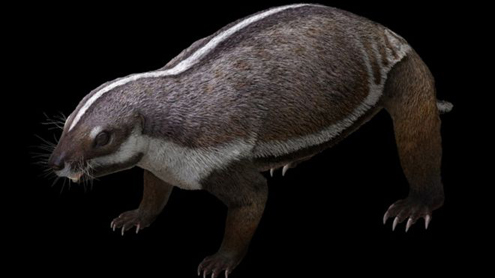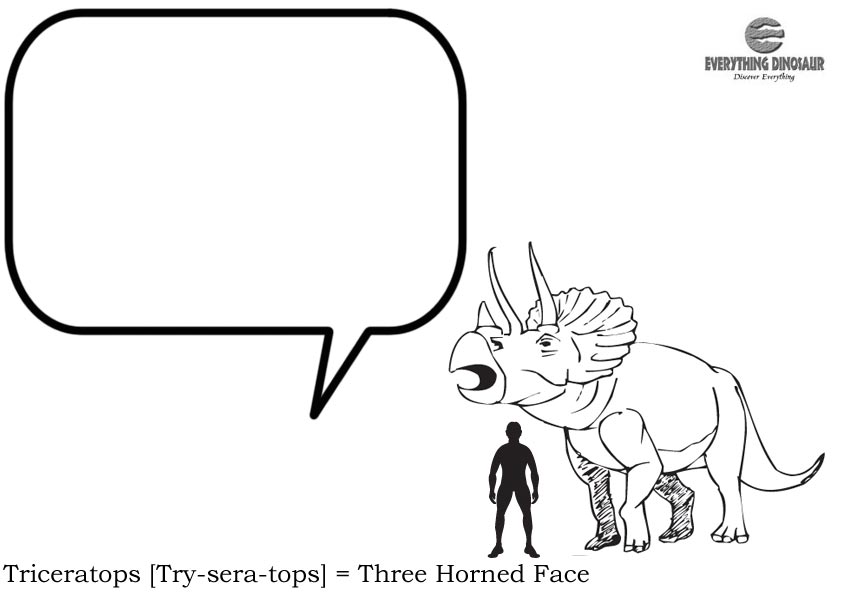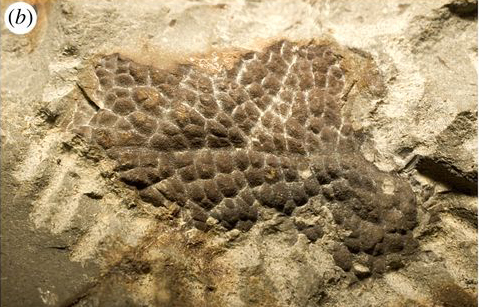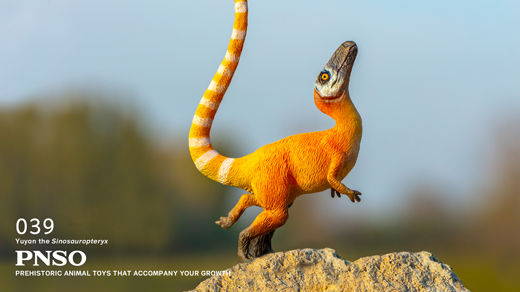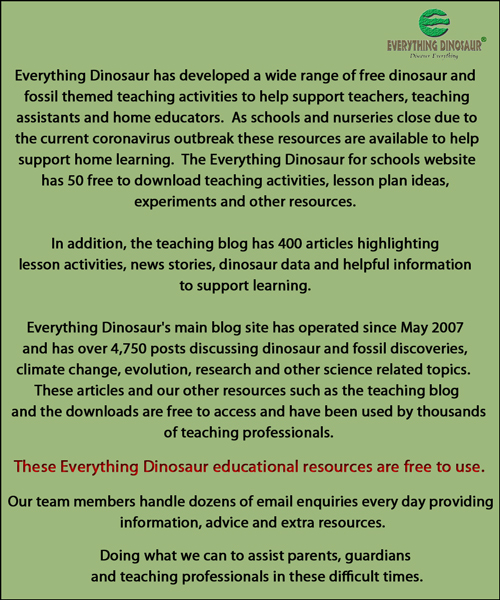Articles and blog posts that examine general teaching topics and school activities.
Happy Birthday to the Famous Mary Anning
Happy Birthday Mary Anning
On this day in 1799, Mary Anning the famous fossil hunter from Lyme Regis was born. Mary along with her brother Joseph was responsible for the discovery of some highly significant fossils from an area of Dorset which forms part of the UNESCO World Heritage site known as the “Jurassic Coast”.
Mary Anning 1799-1847 (Famous Fossil Collector from Dorset)

Picture credit: Mary Anning Rocks
Mary Anning
Like many children growing up in Georgian England, Mary had very little formal education, but she was able to read and in her later life she taught herself, geology and anatomy as well as becoming quite adept at scientific illustration.
She became well known for her fossil discoveries and she supplemented the family’s meagre income by selling some of her fossil finds to wealthy members of society who were encouraged to holiday in England whilst the Napoleonic Wars raged in Europe.
During her lifetime, she did not receive full credit for her discoveries including the first pterosaur (flying reptile), to be found outside Germany. For example, as a woman, she was not permitted to join the Geological Society of London, an institute that was to remain closed to women members until 1919.
In 2010, the Royal Society named Mary Anning as one of the ten British women who have most influenced the history of science. Learning the story of Mary Anning and her fossil discoveries is often integrated into the “Rocks and Fossils” scheme of work which forms part of the Year 3 science curriculum in England.
The Everything Dinosaur website: Everything Dinosaur.


